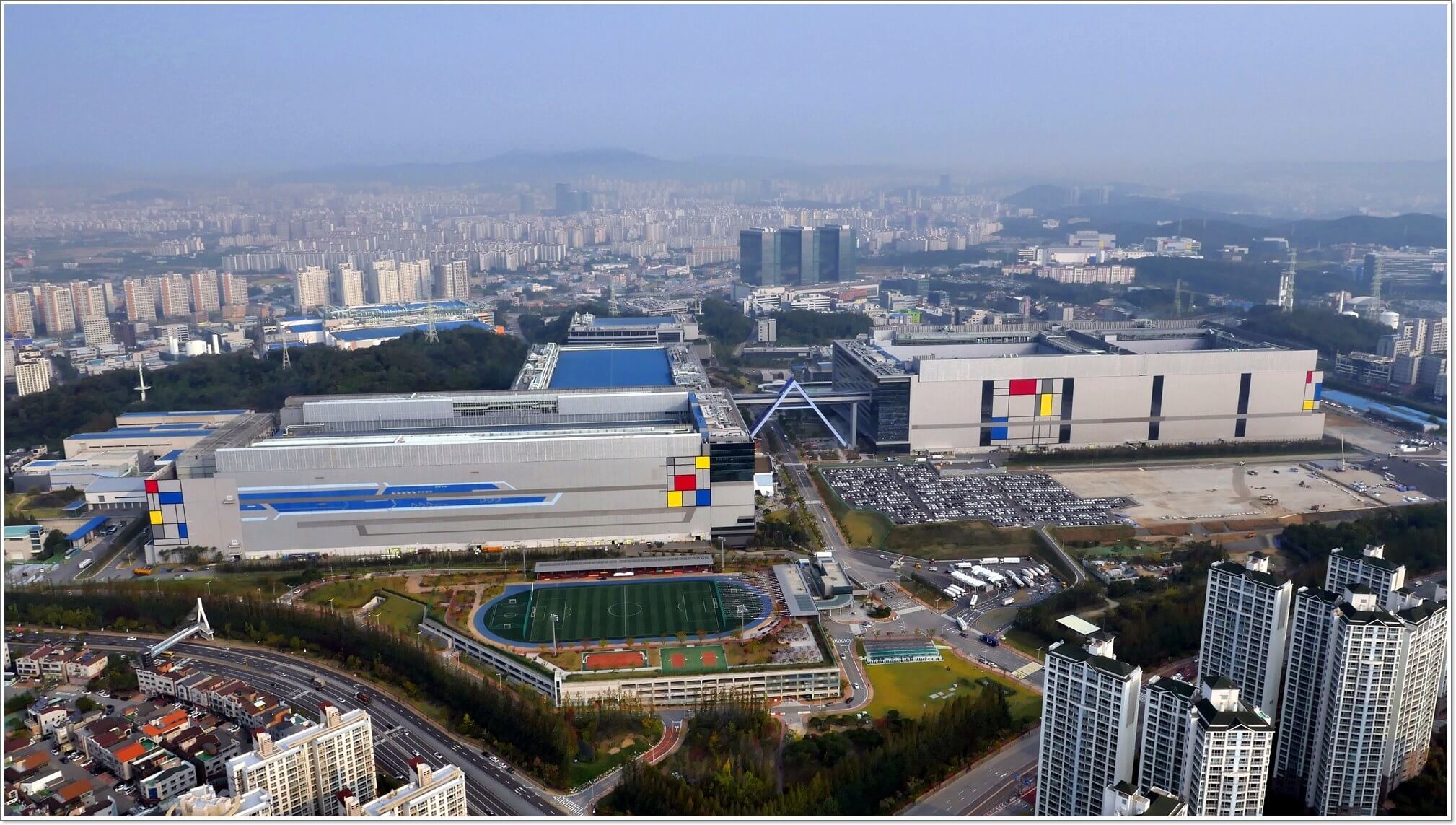Why it matters: A slight disruption in power can be catastrophic for fabrication plants like Samsung's that produce a significant portion of the world's NAND flash and DRAM. Blackouts that last only seconds can lead to millions of dollars in damaged wafers if production is disrupted. That, in turn, can threaten the supply balance and lead to inflated prices for products like SSDs and RAM. Thankfully, Samsung's recent power outage at Hwaseong isn't expected to have any such effects.
On New Year's Eve, Samsung's Hwaseong facility, located in South Korea, suffered a one minute power outage that knocked the factory offline, which is expected to lead to a three day downtime as damage is assessed and production is brought back online. The outage was due to a transmission cable at a nearby substation exploding.
Samsung's Hwasweong factory is responsible for producing some of the chipmaker's NAND and DRAM, and according to Samsung, the temporary halt in production likely won't be overly serious. According to Yonhap, Tuesday's outage is expected to net damages in the "few billion won range."
Putting that into perspective, in 2018, a 30-minute power outage at Samsung's Pyeongtaek fab resulted in some 60,000 NAND flash wafers being scrapped, with an estimated 50 billion won ($43.3 million) in damages.
For most of 2019, NAND and DRAM were in a state of oversupply, and Samsung should be sitting on a rather large inventory of chips. So, the effects of this power outage shouldn't threaten global supply or consumer prices in the near term.
